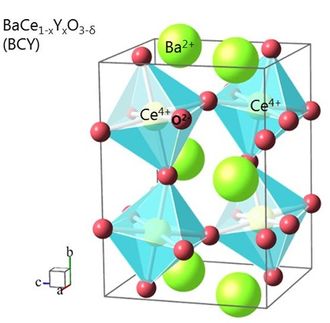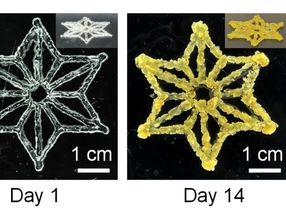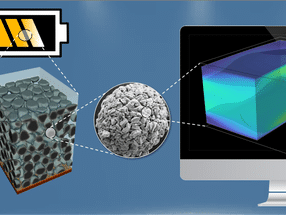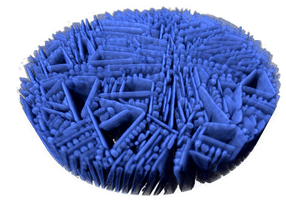Additive speeds the efficiency of lithium-ion accumulators
05-Apr-2004
Electric motors will be driving the environmentally friendly vehicles of
tomorrow. Whether the power is directly "pumped" from an outlet or is generated
on board by a fuel cell, the heart of such a propulsion system will be a
high-capacity accumulator that efficiently stores and releases electricity. It
must also immediately satisfy extreme peaks in energy demand upon acceleration.
The accumulator must be able to be emptied and reloaded countless times without
loss of energy. It should also naturally be as small and lightweight as
possible. Japanese chemists have now developed a method by which the efficiency
of lithium ion accumulators can be increased by the use of an additive.
Lithium-based accumulators are the leaders when it comes to energy density, that
is, they store an especially large amount of energy in a small volume. However,
conventional lithium accumulators suffer from a problem; the electrolytic
solution they contain is sensitive, which makes production expensive and, in
extreme cases, can cause the accumulator to explode if it is overloaded or
short-circuited. The alternative is a solid electrolyte, in which the
electrolytic salt is bound within the network of a polymer. The disadvantage of
these solid electrolytes is their comparatively low ionic conductivity. The team
led by Masataka Wakihara has now achieved a simple but effective trick to
accelerate charge transfer between the electrolyte and the electrode.
It goes like this: positively charged lithium ions in the electrolyte have to
deposit themselves onto the electrode and give up their positive charge, which
makes the current flow. The rate of this process depends on the number of free
lithium ions swirling around in the solid electrolyte. Only a certain fraction
of the lithium ions are unbound, the rest are bound to their negatively charged
counterpart, the anion of the lithium salt. In order to raise the number of free
lithium ions, they must be liberated from their anions. It is thus necessary to
otherwise "occupy" the anion's charge, which is so attractive to the lithium
ions, without disrupting the electrochemical processes in the accumulator. The
solution of choice is a polymeric boric acid ester. Boric acid esters have a
kind of "gap" in their electronic systems, which the "extra" electrons of the
anions sometimes like to "borrow". This interaction forms loose adducts between
the anions and the boric acid ester.
In a model system, the boric acid ester proved to be a highly promising additive
for solid electrolytes, even bringing the efficiency of large lithium
accumulators with high energy density up to speed.
Other news from the department science
Most read news
More news from our other portals
See the theme worlds for related content
Topic World Battery Technology
The topic world Battery Technology combines relevant knowledge in a unique way. Here you will find everything about suppliers and their products, webinars, white papers, catalogs and brochures.
15+ products
150+ companies
20+ whitepaper
10+ brochures
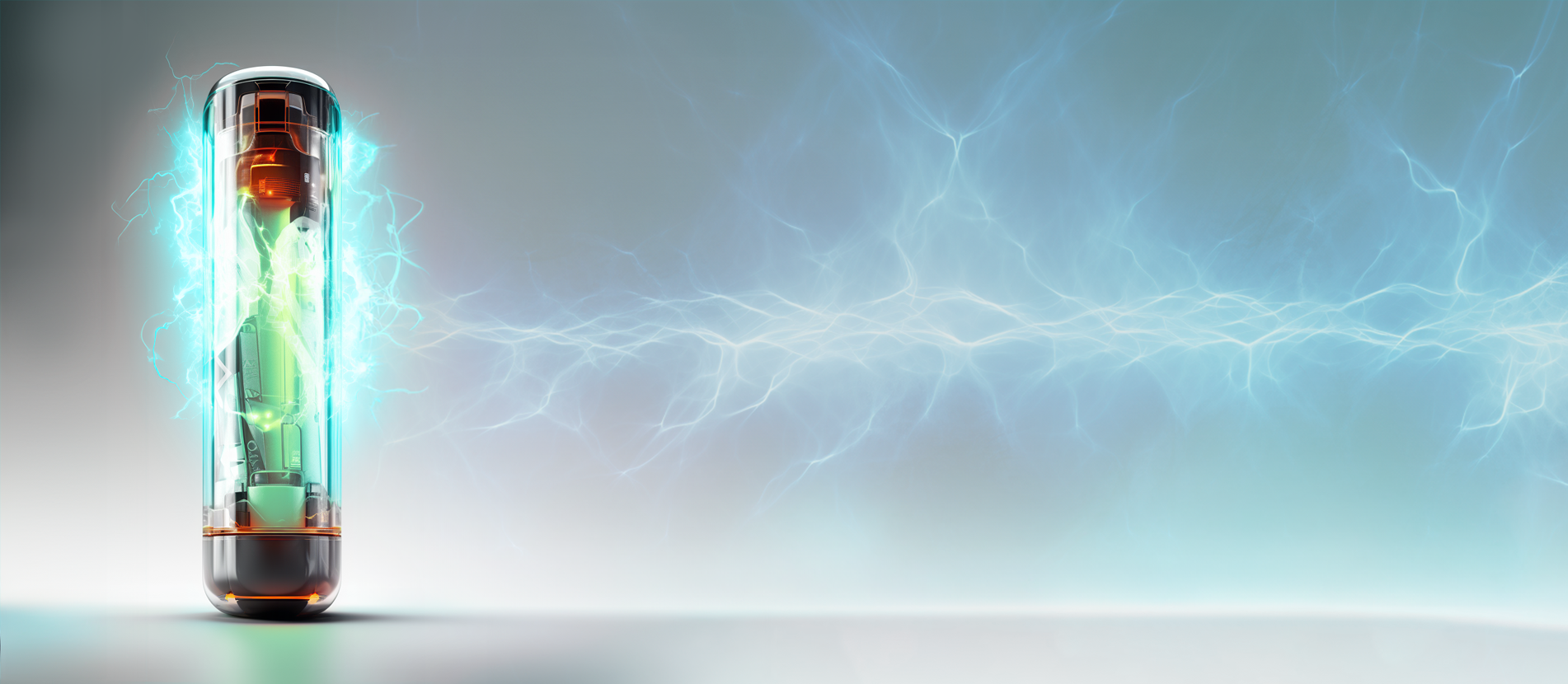
Topic World Battery Technology
The topic world Battery Technology combines relevant knowledge in a unique way. Here you will find everything about suppliers and their products, webinars, white papers, catalogs and brochures.
15+ products
150+ companies
20+ whitepaper
10+ brochures
